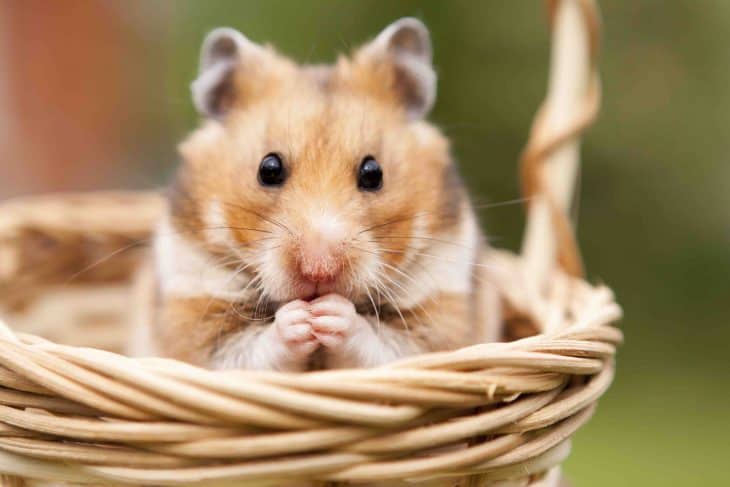
Hamsters are furry and cute pets. But did you know that there are plenty of other things to discover about them? They may be small, but they surely have more to offer.
Without a doubt, they’re one of the most beloved pets in the world, but how much do you really know about these furballs? For instance, why do people love having them as pets? The most obvious reasons are that they look cute and are easier to take care of than, as compared to say, dogs like the Corgi. But the downside to that is they don’t live as long as dogs. On average, a hamster’s lifespan will last between two to three years. In addition, a hamster’s bite can carry salmonella, a bacterial disease that targets the intestinal tract. You can also get it through indirect contact with a contaminated object.
But if you really want to keep one at home, you should not let those things stop you. More than anything else, knowing all of these hamster facts will help you be aware of the pros and cons of keeping them as pets. In fact, one distinct advantage is that it’s easy to litterbox train them because they like to keep their space clean and tidy. In fact, you can train your hamster to potty in one spot. This is because they generally defecate in one spot anyways, whether they live inside an enclosure or outside of one.
Whether you want to get a hamster as a pet, or not, in the article below, you’ll uncover fascinating hamster facts that will help you understand them better.
- There are 24 species of hamsters in the world.
- A British zoologist discovered hamsters in 1839.
- Adult hamsters can weigh up to 25 to 459 grams.
- These hamsters can also grow anywhere from 2 to 14 inches in length.
- Typical pet stores house around 4 to 5 species of hamsters.
- After their discovery, hamsters were named “Mesocricetus auratus” which means Golden Hair.
- Syrian hamsters are often called Golden Hamsters.
- When the first hamsters were discovered, they were taken for a behavioral study in Jerusalem.
- The smallest species of hamsters are Robvoroski hamsters.
- On the other hand, Syrian hamsters are the largest.
- “Hamstern” is the German word for hamster which is associated with keeping or storing food.
- Hamsters carry their food stash in their cheek pouches.
- Studies reveal that hamsters have a lifespan of 2 to 3 years only.
- Even if they’re separated from their family members for years, hamsters can still recall each other.
- Hamsters do not naturally hibernate but they like to sleep a lot.
- Hamsters that are in the pet trade today are believed to be from a wild female hamster that was captured in Syria in 1930.
- The first pet hamsters were those that were taken home by the lab workers after finding out that some of the species were friendly.
- In the wild, hamsters spend the majority of their time looking for food and digging.
- Hamsters like their own space as they are solitary animals.
- Unlike people and most animals, hamsters are born with a full set of teeth.
Not all hamsters are pets.
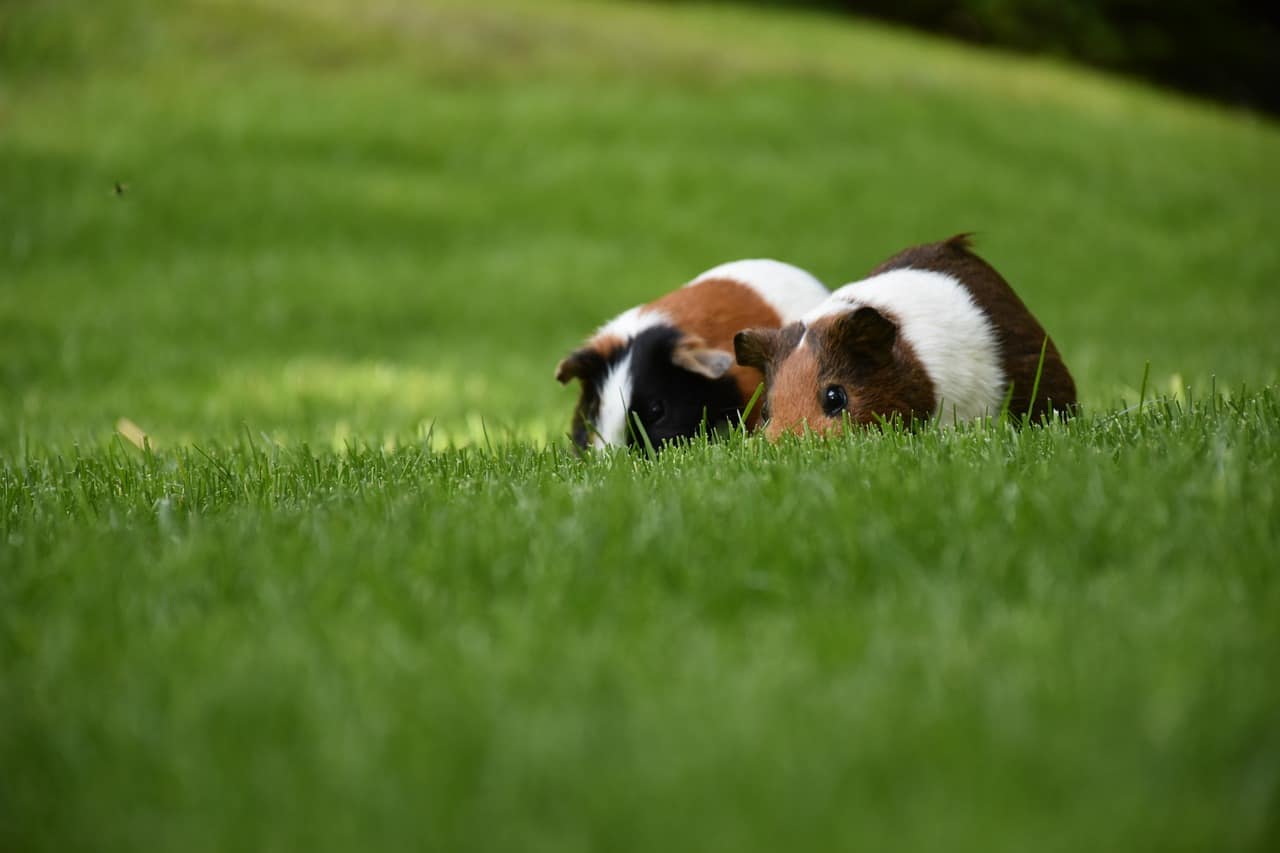
In these hamster facts, you’d be surprised to know that not all hamsters are pet-friendly. In fact, only five out of 24 species can be brought home. These five are Syrian hamsters, Robo or Roborovski hamsters, Chinese hamsters, Russian dwarf winter white hamsters, and Campbell’s dwarf hamsters. One can find them at a local pet store, while the rest of the species live in the wild.
There are many kinds of hamsters.
From all 24 species, hamsters come in different shapes and sizes. They are technically rodents coming from the subfamily of Cricetinae. Depending on their species, hamsters can be gold-colored, black, honey-white, yellow, brown, and even red. They usually have short tails, short legs, large eyes, wide feet, and silky fur.
It's best to have separate cages for your hamsters.
If you’ll liken hamsters to humans, they would be described as ambiverts. They value their space, and in most cases, are solitary in nature. However, there are exceptions where two hamsters can stay in one place. For instance, Robo hamsters could be in pairs with the same kind, if they are related to one another. Otherwise, it would be difficult for them to adjust.
Syrian hamsters have a way with alcohol.
Golden or Syrian hamsters are often found in northern Syria where dry habitats are common. Because of this, they store fruit in their pouches, so that they could live off of it in the cold winter months.
However, by the time that they’re ready to consume it, the fruit is already fermented. And since they are adaptive in nature, hamsters have these large livers that make them metabolize the alcohol fast. This is why hamsters are usually used as specimens for studies relating to alcohol.
Hamsters are not really nocturnal.
Contrary to the common belief that hamsters are most active at night. News flash — they’re not. Small mammals like hamsters are crepuscular. This means they are active in the twilight hours. Experts believe that they are this way because the bugs that are part of their usual diet are also active during this time.
And since the world is still dark at that time, there’s a slim chance of being caught by their predators. A surprising addition to our hamster facts!
Some species of hamsters are threatened with extinction.
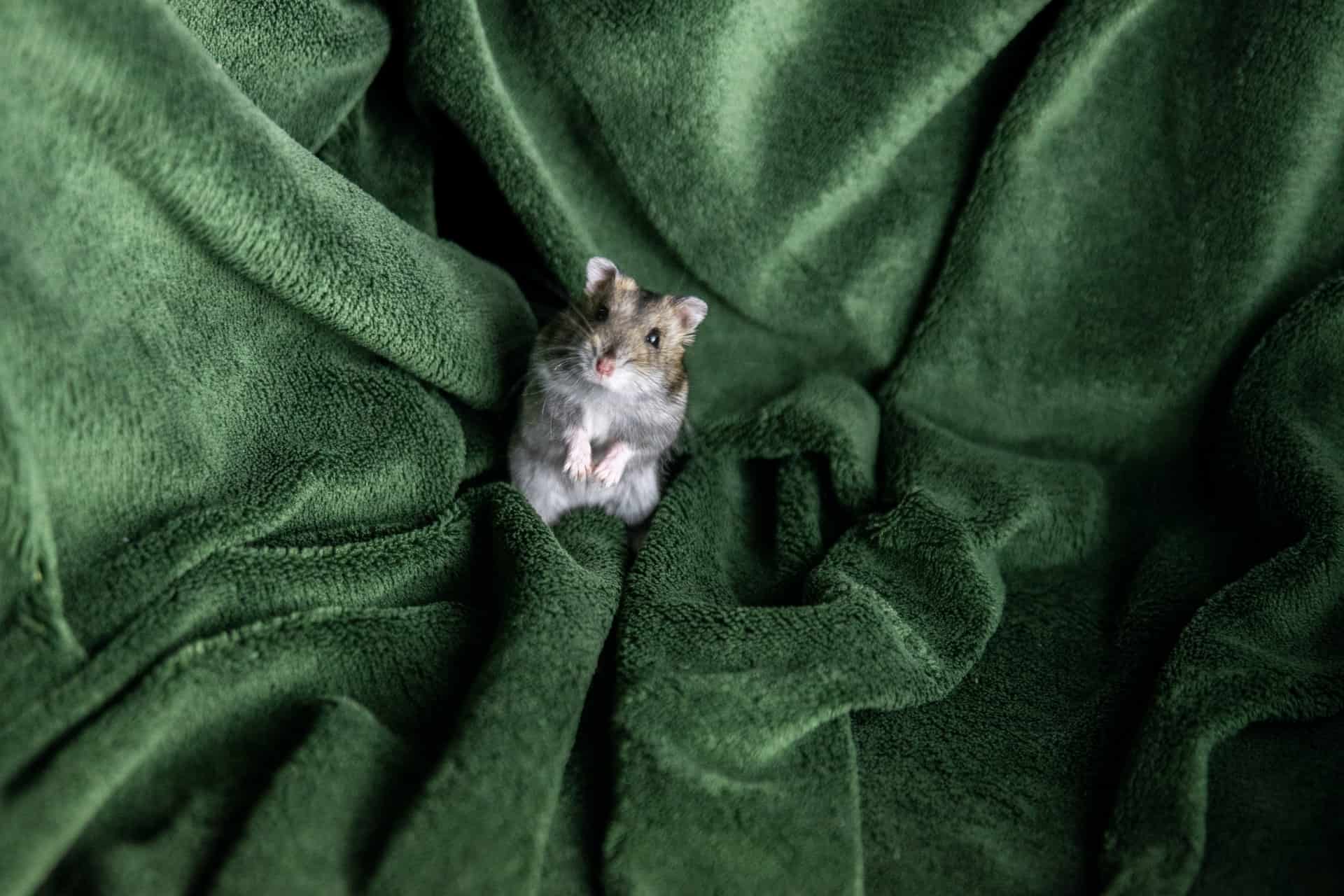
According to research, not all hamster species would fall in this category. However, one of the least known hamster facts is that the Syrian hamsters were once thought to be on the brink of extinction. In the 1980s, their species were threatened due to human development being done in their natural habitats. But in the 1990s, some were caught and were reproduced.
Hamsters can get pregnant again right after they give birth.
The gestation cycle of hamsters is one of the shortest cycles in the mammalian class. They carry their litter for around 16-30 days. If the birth conditions are not conducive, hamsters can also delay giving birth for as long as nine days. Right after giving birth, they can get pregnant right away, too!
Mother hamsters can also eat their young.
When the conditions are not favorable, a mother hamster can end her pregnancy. She can also decide to eat her young if the father hamster is not around. Studies reveal hamsters do this when they notice that the litter is too big. Why do they do it? To make sure that they still have enough resources for the other hamster pups.
The wrong wheels may cause arthritis in pet hamsters.
When they are in the wild, hamsters like to run. But for hamsters as pets, they usually have little wheels where they can run. This is an alternative way to keep them active.
However, it is still best if the owner makes sure they buy the correct wheel size. If it’s too small, it may cause spinal problems, pain, and even arthritis. If a hamster notices that the wheel is too small, they might refuse to use it and it could lead to an unhealthy lifestyle. If you want to have a hamster as a pet, make sure you are a responsible pet owner by choosing the right wheel for your pets.
Hamsters are colorblind and nearsighted.
One of the least known hamster facts is that they are technically “blind” when they are born. It is only after two weeks that hamsters get to open their eyes. But even though they already have their sense of sight, they still do not have enough leverage.
Hamsters are mostly colorblind and nearsighted. Because of this, they use their sense of smell through their whiskers to effectively navigate.
Pet hamsters like to sleep in flowerpots and paper towel tubes.

For some reason, hamsters like to sleep in closed spaces. That’s why it’s best to put flowerpots and tubes inside their cages. For their beddings, an absorbent material such as shredded paper would be best. They also love to burrow so make sure that they have enough material which they can use for nesting.
Overbreeding causes most hamsters to have heart disease.
In their lifetime, hamsters are only supposed to have three to five litters. Since they only live an average of two years, giving birth is taxing for most mother hamsters.
Overbreeding is also one of the most usual causes of death as they become prone to heart failure. It’s sad to know that there is no cure for this and going to the veterinarian can be quite costly as hamsters are seen as “exotic” animals. These hamster facts should somehow give a guide on how to properly care for pet hamsters.
Hamsters can flatten their bodies.
Hamsters are clever. They can flatten their bodies if they want to. Thus, they can fit into very tight crevices and small holes. This is the prime reason why they can sometimes be difficult to find. Since they do not have the best eyesight, they often get killed or injured while they are on the loose.
Hamsters are promiscuous in nature.
Female and male hamsters have multiple mates. When it’s breeding season, a male hamster would travel from one burrow to another and mate with every female that they come across with.
But there’s a catch. If a female has already mated, a plug forms on the female hamster to prevent any kind of insemination from the male counterpart. And since they are territorial, female hamsters will immediately kick out the male hamster in their burrow after mating.
Hawaii bans hamsters.
Hawaii‘s climate is perfect for a hamster’s habitat. This means that the reproductive rate of hamsters in the country is high. Because of this, hamsters are illegal in Hawaii. It’s mainly because these critters could quickly form large colonies and would pose a threat to other species and their agriculture. It’s a crime to have pet hamsters in the area as it’s dangerous if they escape in the wild.
Hamsters are experts in hoarding food.
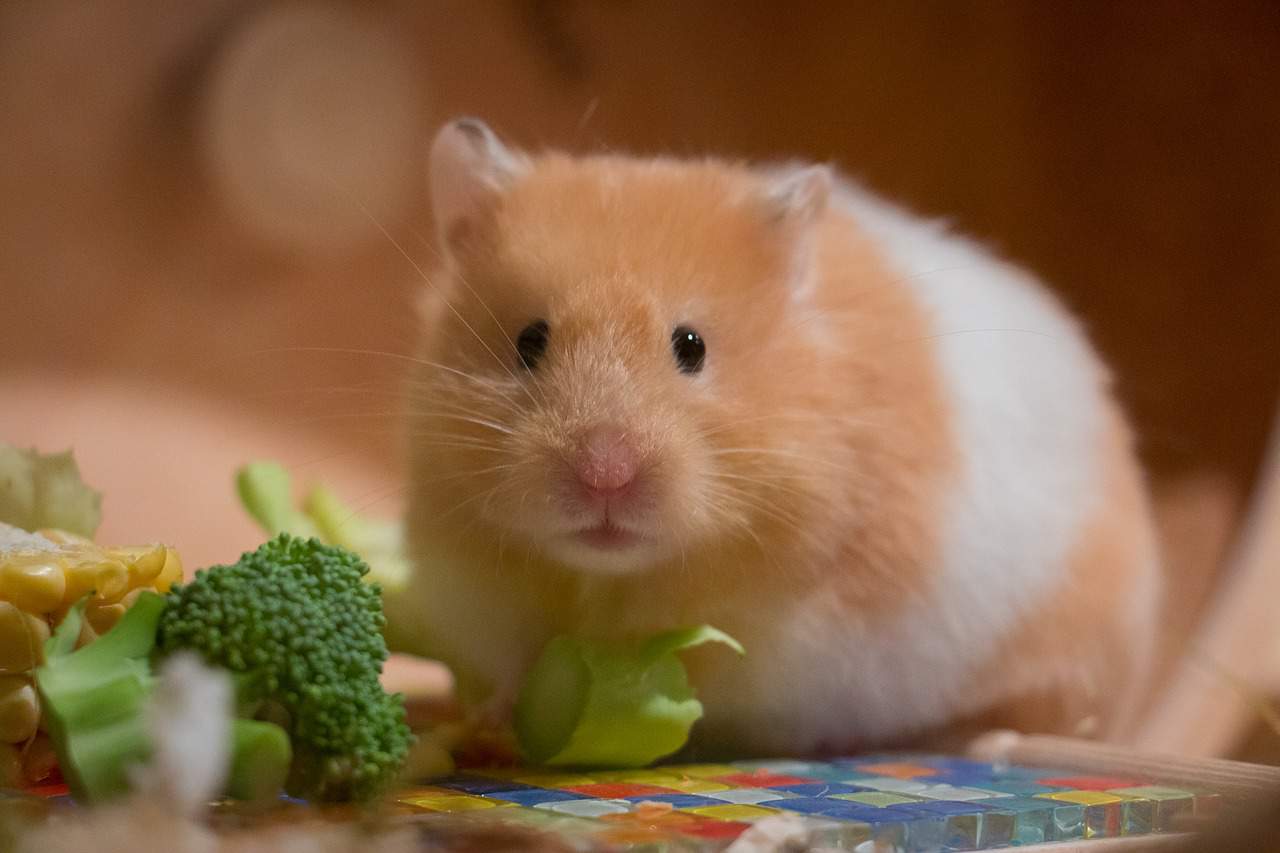
Hamsters have perfect spaces for food storage. Their cheeks have pockets that they can use as a place for leaves, roots, fruits, and grains. Once they find an abundant food source, they fill their pockets to the brim and return to their respective burrows. There, they will have food chambers where they can store the food that they got.
Children and pregnant women can be at risk with the virus from hamsters.
Hamsters may be cute and adorable, but they can also carry salmonella. In some cases, they can also bring a flu-like virus that could put children and pregnant women at risk. The transfer from hamster to human could happen through a bite, direct contact, or indirect contact with a contaminated object. It’s helpful to know all these hamster facts to be aware of the risks that come with having them as pets.
Hamsters do not like to eat leftover meals.
Unlike other pet animals, hamsters like their meals fresh. Pet owners must keep the feeding dish full, and change food stock every day. Supplementing some fruits and vegetables in their diet is also a way for hamsters to get balanced nutrition.
Grooming is a common practice for hamsters.
Both pet hamsters and those in the wild groom themselves. They do it at least twice a day, so this means that there is no need for owners to comb, bathe, or even supplement the grooming practices that they already have. Hamsters like to keep themselves clean and spotless.
Golden hamsters only take a breath twice every minute when they hibernate.
Although they do not truly hibernate for long periods, hamsters also have their hibernating routines. Wild hamsters will stay in burrows and block all exits with rubble or soil. Their nests will be lined with grass, and they only wake up once a week to eat. One interesting thing in these hamster facts is that the Syrian or Golden hamster could drop their beat to four beats per minute from their normal 400 beats. This means that in a minute, they only breathe twice!
A hamster's teeth will continuously grow.
Hamsters are one of the few species that will already have a full set of teeth after they are born. Through the years, it will also continuously grow. That’s why they must always have something to chew on. This is to make sure that their teeth will remain healthy and worn down. For pet hamsters, toys from hay and woodblocks are perfect for this. It’s best to avoid plastic items, cedar, and pine as these can all be dangerous if ingested.
Hamsters bite as a defense mechanism.
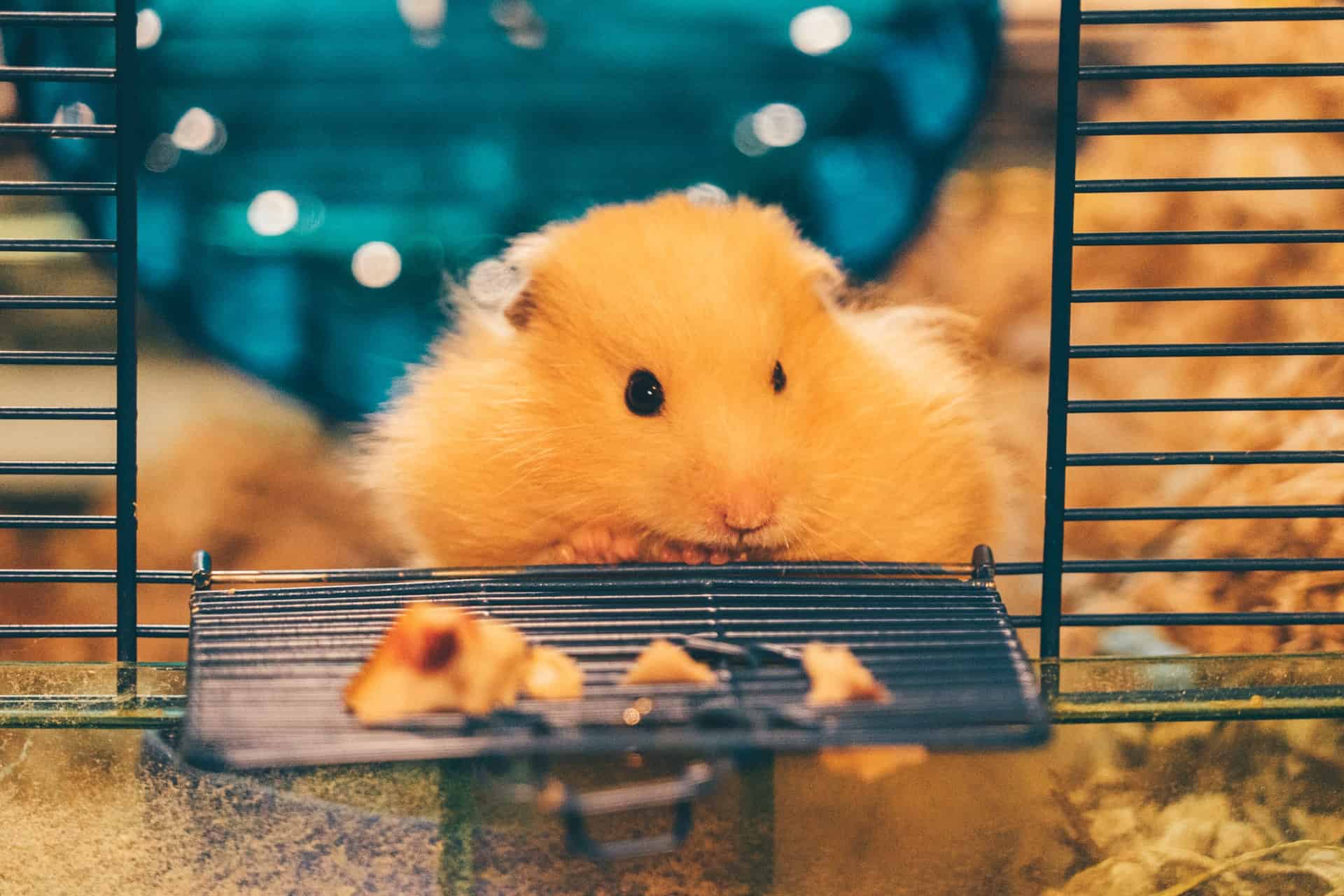
Since it’s already established that hamsters do not have optimum eyesight, they easily get frightened. As a defense mechanism, they may bite if they’re caught off-guard. If they’re in the wild, they are already accustomed to the noise of the forest. For house pets, owners must be extra gentle and careful when handling their pet hamsters.
Chocolates are toxic to hamsters.
Theobromine is a chemical found in chocolates, and this is toxic for hamsters. Their diet should only consist of vegetables, fruits, and treats. Alcohol and caffeine could be harmful to them, too. It’s good to know these hamster facts to make sure that owners could better take care of them.
Hamsters like their habitats clean and tidy.
It’s easy to litterbox train hamsters as they will usually relieve themselves in specific corners of their cage. This is because they like to keep their space clean and tidy. With this, training and cleaning are easy as well.
Hamsters are fast runners.
The size and shape of their hind feet give them the ability to run backward. This is an advantage for them when they see predators coming their way. On the other hand, their front and back paws are just like how humans use both hands. This helps them have a firm grip on their toys and food.
Just like people, hamsters can be moody.
Depending on the environment they are in, a hamster’s mood could change. According to several studies, hamsters with cozy beddings and lots of toys get better exercise and life quality compared to those with less. Hamster owners must also consider factors that will affect the chances of them taking good care of their pets before even adopting one. Definitely one of the most important reminders in these hamster facts.
Hamsters can learn their name.
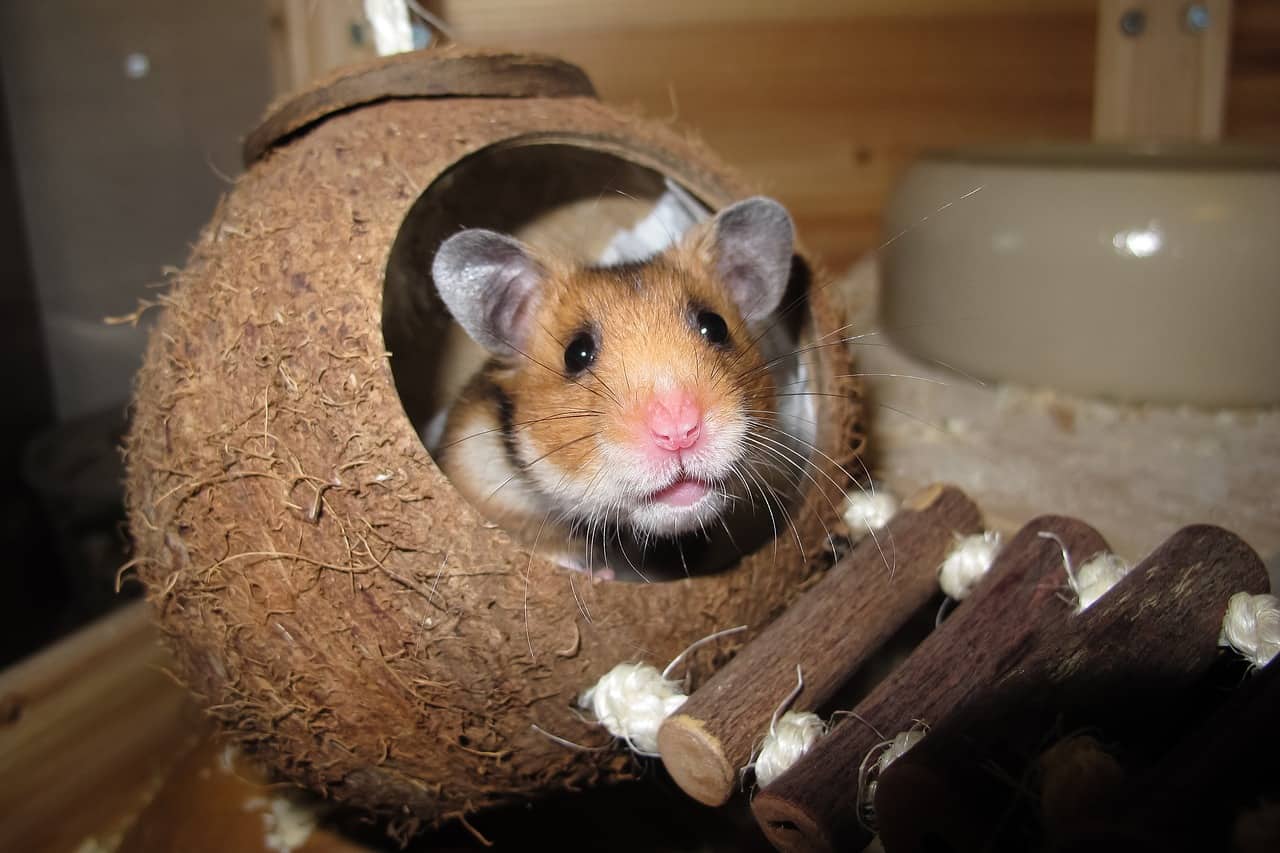
It’s not common knowledge to know that hamsters are intelligent species. But yes, they are. If an owner frequently uses the hamster’s name to call them, they will have a big chance of learning its sound. With that, they would come near once called. There is no doubt why hamsters are also used in several research and studies through the years.
A light cloth on the cage will help pet hamsters adjust.
For new pet owners, it’s important to know that it will take some time for the hamster to adjust to the new environment. To give them enough headspace to familiarize their new habitat, place a light cloth above the cage. Owners can take it off during bonding and exercise time but will need to cover it again, at least for a few days.
Hamsters are also part of pop culture.
These hamster facts are also as cool as they can get. In 1998, the Hamster Dance was one of the first viral content on the Internet. This was made by Deidre LaCarte. Several movies and anime series also portrayed hamsters as protagonists. A perfect example was a Japanese series titled Hamtaro. It was about a hamster that went on exciting adventures together with “ham hams”.
The respiratory system of hamsters is unique.
Hamsters continue to amaze us in so many ways. From its natural habits and characteristics, their body parts also serve unique functions. Instead of having two lung lobes, they have five. Each lobe has a corresponding role. Also, they specifically have two stomachs which allow them to properly digest their food.
Was this page helpful?
Our commitment to delivering trustworthy and engaging content is at the heart of what we do. Each fact on our site is contributed by real users like you, bringing a wealth of diverse insights and information. To ensure the highest standards of accuracy and reliability, our dedicated editors meticulously review each submission. This process guarantees that the facts we share are not only fascinating but also credible. Trust in our commitment to quality and authenticity as you explore and learn with us.
